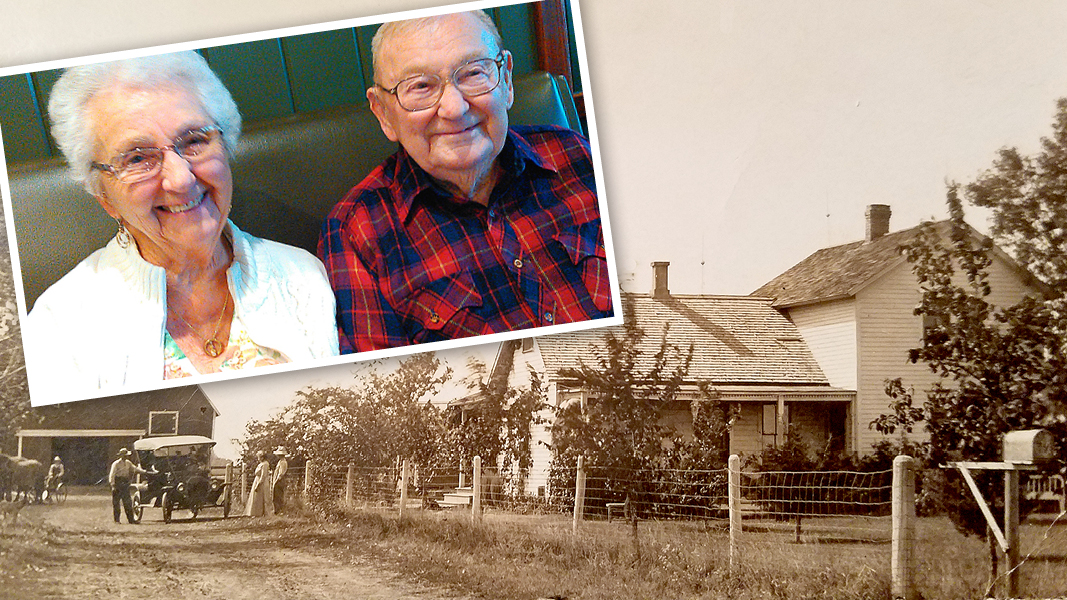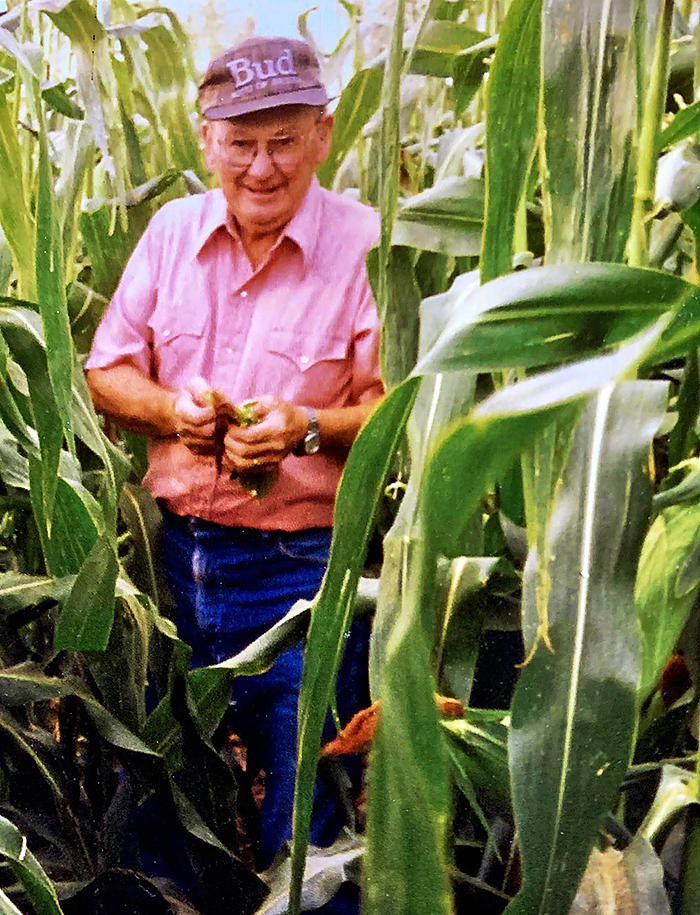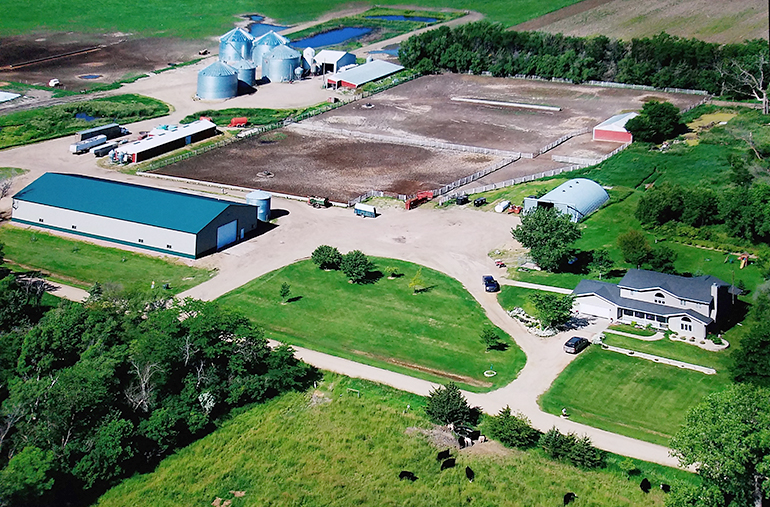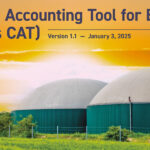Top: Mary Henry (ne Jones) and Wally Jones, and their family home near Mitchell, South Dakota.
 Sally Brown
Sally Brown
The best class that I ever taught, I didn’t really teach at all. I set the stage. It was the last time I taught Introductory Soils and we were up to the class on how you destroy soils. What better way to teach that I thought, than to have my mother-in-law and her brother talk about their time in South Dakota growing up on a farm during the Dust Bowl in the 1930s. Mary Henry ne Jones was up visiting from Oregon for Thanksgiving and she was happy to come to class. This was four years ago, so she was about 92 at time. Her brother Wally was older; at that point he was 97.
Through the years that I’d known Mary she was always happy to tell stories and she had some great ones to tell. She loved growing up on that farm and riding the horse to school. She had played on the boys’ baseball team at South Dakota State. She and my father-in-law had four kids and had taken them all over hunting and fishing. Mary and her husband built a sailboat and sailed up north to Alaska and out west to Hawaii. She had also known tragedy, losing a daughter at 19 to cancer. She would always speak of that daughter, Judy, as a very special person who she clearly missed very much.
Wally had stayed on the farm, married Fern and raised a large family. He had one son, Johnny, who took over the farm and expanded the operation. He and his wife Linda farm close to 1,000 acres and raise pigs. I actually stopped with my family on the move from Maryland to Seattle at the farm where my son and I got to see lots and lots of baby pigs.
Pain Of The Dust Bowl
For the class, we arranged for a video link between the farm in South Dakota and the classroom in Seattle. I got Mary a special microphone so her voice would carry. I started the class by asking them to tell us about the farm and what it was like growing up. They happily obliged. Then I asked them to talk about what it was like during the Dust Bowl. They both went quiet. Eighty years after that time and neither one was able to talk about it. Mary just shook her head and said that it was “a very hard time.” I asked a few more questions and finally realized that the experience was too painful still for either of them to revisit it.
In time, Johnny took over on the video with some solid help from Linda. The farm is located outside of Mitchell, an area that usually but not always gets enough rain to grow a good crop. Johnny, without realizing what I’d been spouting off about for the previous weeks of class, started lecturing the students on the importance of soil organic matter. He uses his hog manure like it is gold. He doesn’t have quite enough to use on all of his acres each year so he uses what he has judiciously. He can see the improvements, in yield, soil water holding capacity and just the health of the soil.
On the farm, Johnny does not have the luxury of using compost or biosolids. The whole state of South Dakota has less than a million people. Mitchell, the closest big city, is home to 23,388 people. Hog manure and cover crops are his best options and he is making good use of both. The camera wasn’t quite good enough for him to see the whole class nodding and smiling, but trust me, they were.
Just before this Thanksgiving, I got an email alert from the Soil Conservation Service. The headline for this briefing was that soil erosion is increasing on a world scale. The Dust Bowl was an extreme example of soil erosion. It lasted close to a decade because of the extreme drought that accompanied it. Bare, tilled soil was highly susceptible to wind erosion. As this briefing makes clear, it still is. We also got word that Wally had passed, a few weeks after his 101st birthday. Mary had died this last June at 96.
I wish that I had been able to record that class. For all of you who missed it, don’t sweat the small stuff. Remember that urban wastes, our lifeblood, are also the lifeblood for agriculture. They are the single best tool for restoring soil health. Don’t let fugitive wrappers or fugitive methane distract you from this fact. I am sure that by doing so you would make Mary and Wally proud.
Sally Brown, BioCycle Senior Adviser, is a Research Professor in the College of the Environment at the University of Washington.















